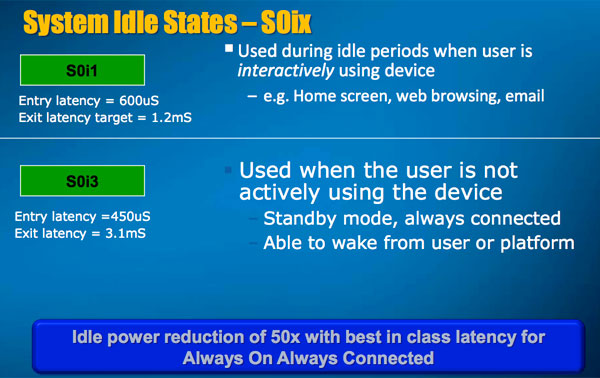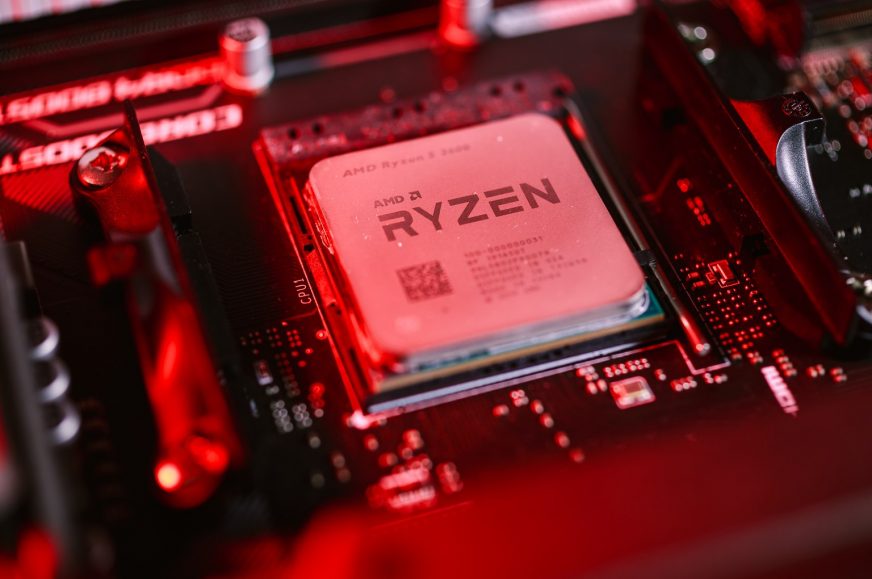AGESA 1.1.9.0 firmware update due in January or February
If you’re running an AMD Ryzen processor, you’re probably familiar with updating the so-called AGESA code, which is built into (and updated with) the motherboard’s BIOS. This can improve performance on newly released AMD processors and also fix various bugs. Such an update is now being prepared for the new Ryzen 5000 with AM4 architecture: AGESA 1.1.9.0 should bring several improvements, including in stability.
AMD has already confirmed the arrival of AGESA 1.1.9.0 on its Twitter account. The company announced that the update should begin to appear more widely in BIOSes (besides early beta versions for enthusiasts that are already popping out) during the current and next month. The fastest-moving motherboard vendors could therefore soon have BIOSes ready to download for their latest and particularly the more premium motherboards (X570, B550).
AMD has not yet published a major article or blog post about the new AGESA, but according to the tweet, the announcement brings three major and several minor changes. Perhaps the most important to enthusiasts and gamers is that this AGESA is designed to improve the processor’s ability to run Infinity Fabric, a bus that provides all communication between CCX blocks in the processor and the memory controller, at higher clock. This FLCK frequency is a limit in performance scaling and also depends on the achievable frequency of DDR4 memory.
Better compatibility with DDR4-3800, DDR4-4000?
AGESA 1.1.9.0 is intended to improve stability when the FLCK is set in the 1800 MHz to 2000 MHz range. This most likely does not mean that all processors will be able to run FCLK at 2000 MHz after this update, but it could be easier to achieve such overclocking. As a result, it will also be easier to achieve 3800 and 4000 MHz DDR4 clocks, which requires having FLCK at 1900 and 2000 MHz (at least without the use of a divider, which increases latency and therefore is often not worth it).
AMD also mentions “general stability improvements.” This probably doesn’t mean stability of an overclocked system, meaning that the CPU would be easier to overclock to a higher frequency. Rather, various bug fixes are probably hidden under this log entry. It is possible that WHEA errors that some users have reported may be suppressed or at least reduced. But it is too early to speculate on what exactly was fixed (and whether these were frequent problems that were generally encountered).
New AGESA 1.1.9.0 BIOSes are coming in January and February for @AMD Ryzen 5000 Series processors.
Changes:
✅ Win10 s0i3 support
✅ Stability tuning for 1800-2000MHz FCLK (OC)
✅ Support for passive X570 motherboards
✅ General stability improvements pic.twitter.com/7wNyZk028H— AMD Ryzen (@AMDRyzen) January 5, 2021
Fanless X570 boards?
The next part is quite interesting. AMD states that this AGESA update provides support for “passive X570 motherboards”, which probably means those that do not have a chipset heatsink with a fan. There are two such boards, the Gigabyte’s X570 Aorus Xtreme, and the other is the recently released ROG Crosshair VIII Dark Hero.
This possibly means that BIOSes will run better with these boards, maybe it could mean some implementation of better thermal protection in case the chipset overheats (perhaps because warm air from the graphics card being blown right into the heatsink’s intake).
However, it is possible that AMD is planning to release more boards with passive, fanless cooling. Theoretically, they could release an optimized version of the X570 chipset for them with reduced power draw or improved use of power-saving states in situations where PCI Express 4.0 lanes are not particularly utilized. We may find out at CES 2021 this week.

Modern Standby?
The last (but first in the list) item is the support for S0xi3 states in Windows 10. These should be power-saving states with the so-called Modern Standby capability (previously also known as Active Idle or Connected Standby), which means that the hardware is almost fully in sleep state, but still ready to wake up quickly. So it’s not a usual sleep stte, but a kind of hybrid sleep similar to how a mobile phone operates when you are not using it. In particular, your computer may still be connected to the Internet during Connected Standby and, for example, wake up when you have an incoming call, mail arrives, or other similar event happens.

It is not entirely clear whether this support will be available on AM4 motherboards and Ryzen 3000 and 4000 desktop CPUs. In theory, AMD could only release it for Ryzen 4000 APUs. Connected Standby is not very commonly used in desktop yet, so we’ll see how widely spread it becomes. For now, don’t count on it to working in all custom PC builds. Basically, this might only be allowed for certain controlled hardware configurations, for example.
Intel should also support these power-saving states on desktop since the LGA 1200 platform with Comet Lake processors (and probably in the future also with Rocket Lake). So AMD’s probably following Intel here.
English translation and edit by Lukáš Terényi











